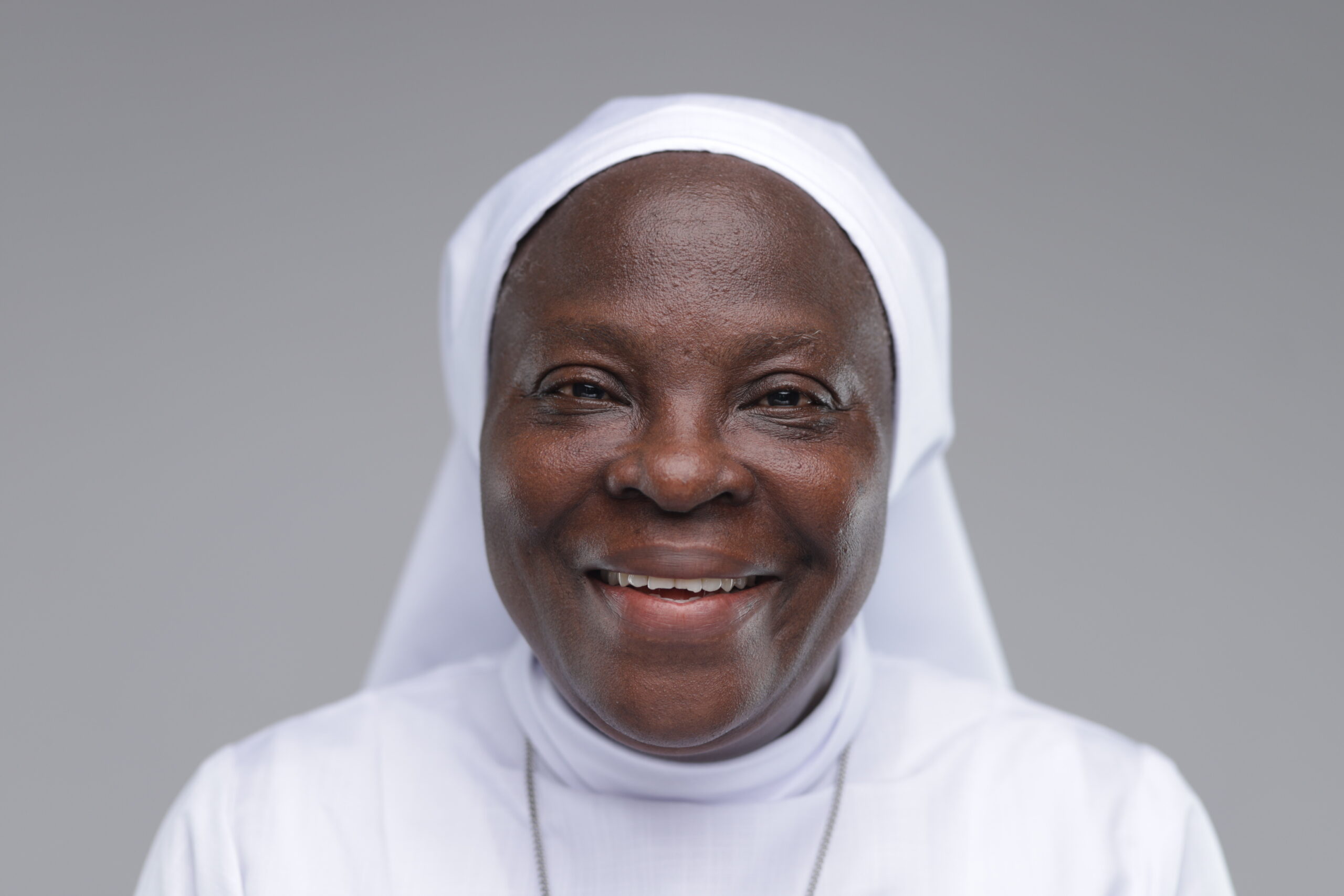I understand the challenge of feeling at ease in front of a camera. To alleviate this discomfort, I begin sessions by allowing subjects to sit idle during light tests, assuring them they don’t need to do anything while I’m still testing. This initial phase captures them in moments of genuine absent-mindedness, illustrating how they look when lost in thought.


The session officially commences with a discussion about uncomfortable topics. My subjects are often open to any topic, and I gauge their comfort with themes like religion, sex, and sports. I’ve found that people are curious about potential questions in these areas, creating anticipation for the interaction. Over time, I’ve observed that people enjoy engaging in ‘taboo’ conversations. One has to be circumspect with the approach and respect boundaries when cautioned.


Noticing any lingering anxiety, I guide subjects to reset by taking deep breaths with their eyes closed. This technique proves effective, especially when aiming to capture their neutral expression—asking them to breathe deeply with closed eyes and then opening them brings forth a default expression.


Consider this: What is your earliest or fondest childhood memory? Picture it in your mind. Did you realize your eyes looked to the upper corner while thinking, or did you furrow your brows, narrowing your eyes to focus on the memory? Did you find yourself smiling at the memory? Imagine being photographed whilst thinking about it and the resultant smile.


What range of human emotions can you capture with your camera? What questions would you ask to evoke specific emotional expressions?


Reflect on love. How did it feel to be exclusively special to someone, or vice versa? What memorable events in a relationship have stayed with you? Have you experienced heartbreak?


We’ve all encountered grief, reaching an emotional low, perhaps after the death of someone significant. Have you ever looked in the mirror during such a moment, seeing a shell of yourself? Imagine having a photograph of that raw emotion.


Consider what uplifts your mood when feeling down—food, music, a hug, a good movie, or sports. Why does it alter your mood?


Reciprocal conversations build comfort and trust. As a photographer, this allows me to capture subjects listening intently, creating authentic moments. People often find solace in opening up to a ‘stranger,’ making these sessions therapeutic. Subjects express gratitude for meaningful conversations and extraordinary photos showcasing their authentic selves.


Technical factors contribute to session success. Using continuous light instead of a flash or strobe minimizes distractions. A silent shutter mode, if available, reduces disruption during conversations.
Anticipating decisive moments rather than relying on ‘spray and pray'(shooting any random moment hoping to capture something good) is essential. Multitasking is crucial—I listen as effectively as I photograph, ensuring focus is locked, especially when shooting shallow depth of field.



Approaching sessions without prior information unveils intriguing narratives. Photographs to me, are historical documents —capturing individuals in their time and leaving evidence of their existence for future generations.


In conclusion, photographs serve as memorabilia, evidence that we once walked the earth, leaving a lasting impact on the hearts and minds of our loved ones. It’s a thoughtful and relevant contribution to the collective human narrative.






